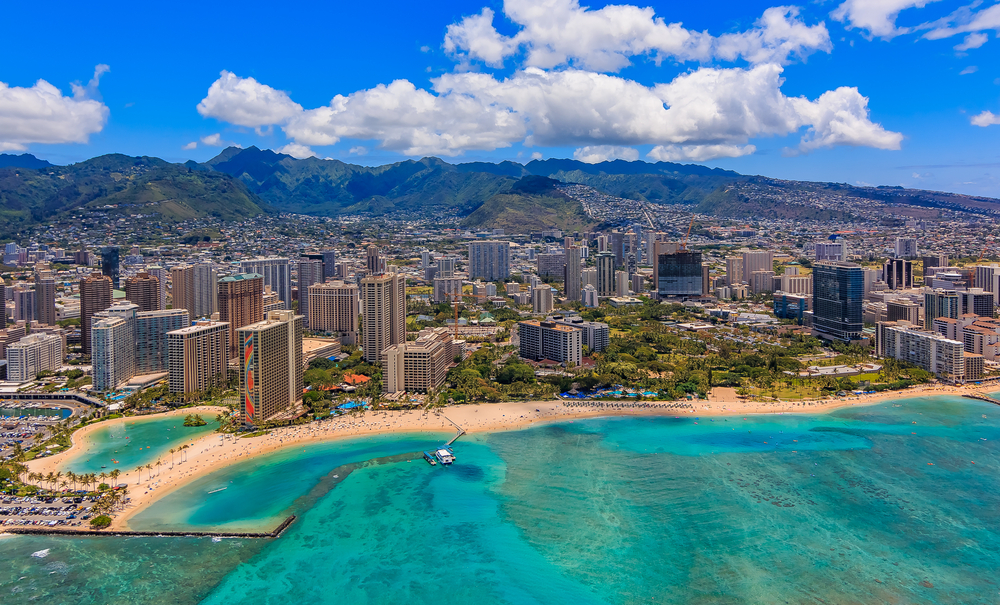Waikiki Beach in Honolulu, Hawaii, is one of the most famous beaches in the world. The city of Honolulu’s proud beach has been a famous destination in Oahu since the 1800s.
But as tourists flock to this iconic location and residents continue to live here, Waikiki has become overcrowded and polluted. For years now, people have been asking what can be done about it?
The beach is crowded with hotels that are built too close together. The sand gets dirty from all the footprints left behind by tourists who come on foot or by car or bus after parking their rental cars nearby. And there’s a lot of garbage at Waikiki Beach because many people don’t take their trash with them when they leave – especially plastic bottles and straws!
Pollution is a big problem in Hawaii. Tourists spending the day at the beach will just leave trash in the sand. In April of 2021, plastic shards littered the ocean water off of Waikiki. It turns out that dredging equipment designed to replace sand was littering plastic on the beach and into the water.
It’s a beautiful beach with crystal clear water and nice white sand. It seems like everything is perfect about Waikiki Beach in Hawaii, but it turns out that the beach is in trouble. There are several reasons for this, including high levels of pollution and ocean acidification due to climate change.
In May of 2017, water levels rose 2.5 feet, washing over Waikiki’s walkways and roads. Flooding is going to become a much bigger threat in the years to come causing irreversible damage to local real estate, residents, tourism, and Honolulu’s infrastructure.
Rising sea levels and erosion over the coast are threatening the beach’s health. It was predicted in 2017 that there would be increased flooding over the next two decades if the ocean levels continued to rise due to climate change.
The high level of pollution and ocean acidification due to climate change is also causing a lot of trouble for Waikiki Beach. Climate change is making the water more acidic, which makes it difficult for coral reefs, sea urchins, and other animals to grow because they need alkaline water.
The increased levels of carbon dioxide in the atmosphere causes changes in weather patterns that can seriously affect how much rain falls on Hawaii (and out west). That means there will be less freshwater running into coastal estuaries where ecosystems depend on freshwater runoff from streams or rivers.
A declining trade winds near-shore upwelling system has led to low oxygen conditions in bottom waters of the coast, leading to fish kills such as those observed at Hanauma Bay.
State officials in Hawaii have passed legislation enforcing a coastal protection program to keep the area from flooding. The shore protection program was estimated to cost $4 million in 2019 and offered shoreline protection through this year. The City of Honolulu has been working with the Hawaii Department of Land and Natural Resources to develop a management plan for Hanauma Bay, which includes limiting access so as not to overuse it.
Nonetheless, there are still many ways that humans can help keep our coastal environments healthy by recycling more material like plastics or using greener products. They should also be cautious about how much trash they throw away on land because it eventually makes its way into the water system, where marine life can become entangled or ingest harmful chemicals from plastic pollution.
In addition to Waikiki Beach, it is estimated that the rise in sea levels will adversely affect all of Hawaii, and it may lose approximately 40% of its beautiful sandy beaches by the year 2050. Shoreline erosion and rising sea levels caused by tourists and climate change could eventually destroy this island paradise.







